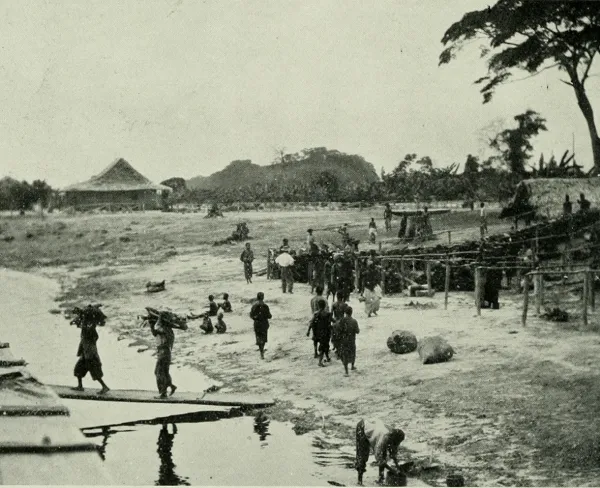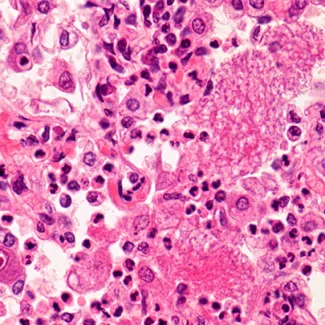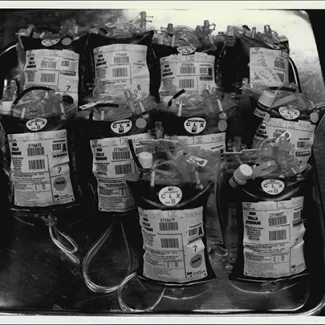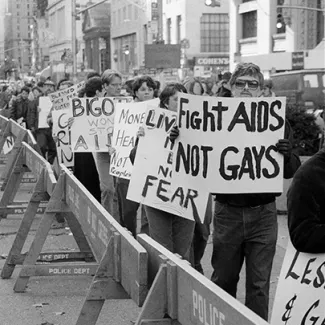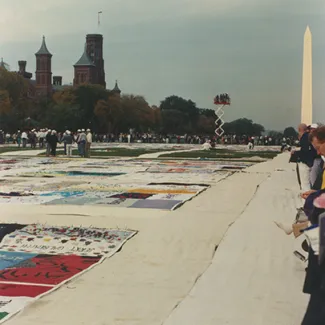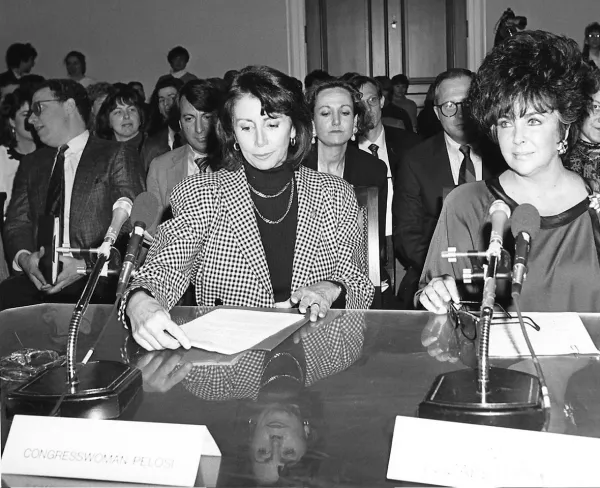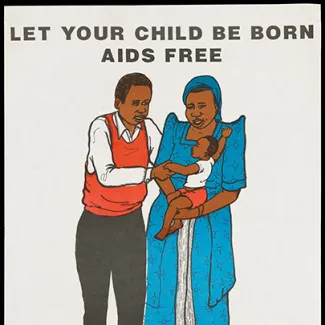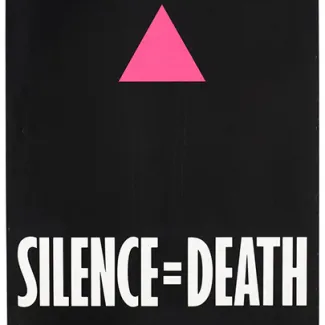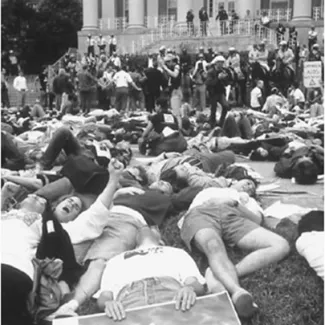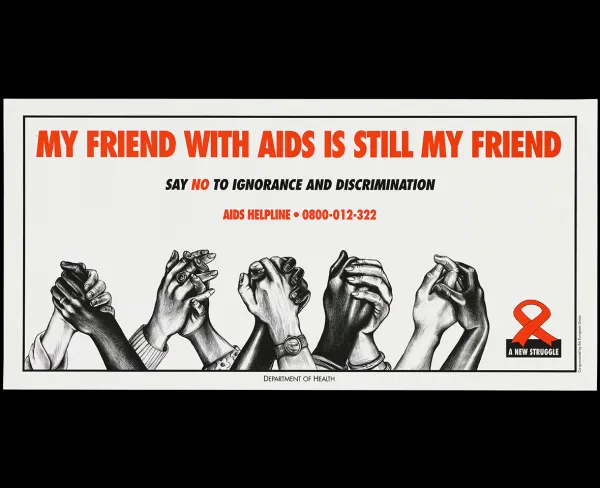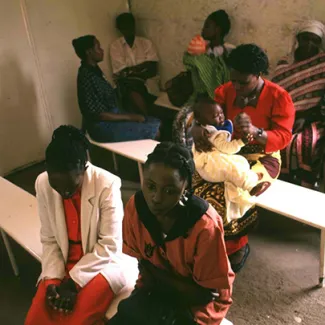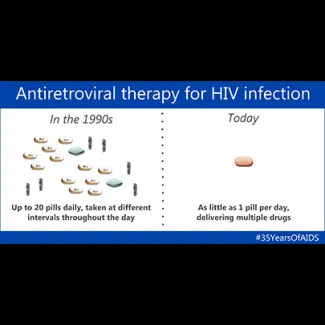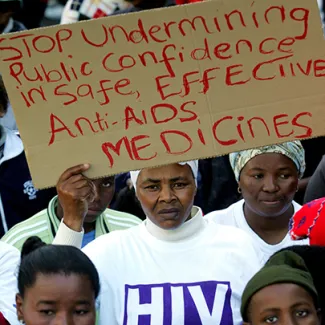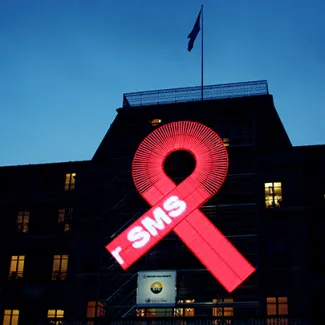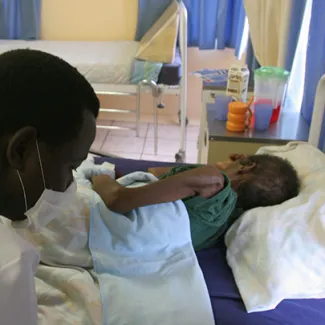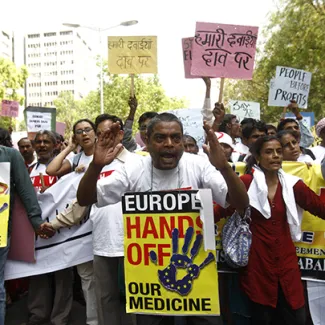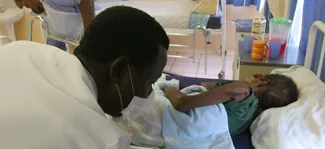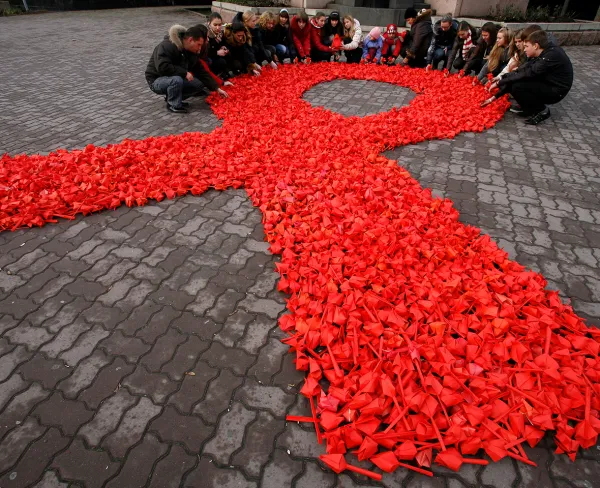Global Health: Policy
The Changing Response to AIDS
A neglected global health crisis ultimately became a top priority for policymakers, donors, and doctors.
Last Updated
February 24, 2023
HIV/AIDS is one of the deadliest communicable diseases of the modern era: approximately thirty-three million people have perished from AIDS-related illnesses. The U.S. government and international organizations now commit significant resources to preventing and treating HIV/AIDS. However, this was not always the case. This timeline traces the evolution of patient activism, scientific research, international attitudes, and public policy that eventually converged to create the coordinated international HIV/AIDS effort that exists today.
1981
1981
- 1984
1981
- 1984
What Makes a Health Crisis?
Jun 5, 1981
What Makes a Health Crisis?
Jun 5, 1981
Five Men Die of a Simple Infection
Sep 24, 1982
Five Men Die of a Simple Infection
Sep 24, 1982
It’s Called AIDS
Jan 4, 1983
It’s Called AIDS
Jan 4, 1983
The Blood Supply Is Infected
Jun 1, 1983
The Blood Supply Is Infected
Jun 1, 1983
People With AIDS Adopt the Denver Principles
May 4, 1984
People With AIDS Adopt the Denver Principles
May 4, 1984
The Retrovirus Causing AIDS Is Isolated
Dec 17, 1984
The Retrovirus Causing AIDS Is Isolated
Dec 17, 1984
Ryan White Is Diagnosed With AIDS
1984
- 1984
Ryan White Is Diagnosed With AIDS
1984
- 1984
Thousands Are Dying
1985
- 1993
Thousands Are Dying
1985
- 1993
A Response Stirs
1986
- 1986
A Response Stirs
1986
- 1986
Uganda Starts an AIDS Control Program
1986
- 1986
Uganda Starts an AIDS Control Program
1986
- 1986
Blood Banks Start Testing the Blood Supply
1987
- 1987
Blood Banks Start Testing the Blood Supply
1987
- 1987
First Antiretroviral Treatment Is Approved by the FDA
1987
- 1987
First Antiretroviral Treatment Is Approved by the FDA
1987
- 1987
Activists Break Through Into the Mainstream
May 31, 1987
Activists Break Through Into the Mainstream
May 31, 1987
Reagan Acknowledges Crisis in a Dedicated Speech
1994
- 2016
Reagan Acknowledges Crisis in a Dedicated Speech
1994
- 2016
The World Works Together
1994
- 1994
The World Works Together
1994
- 1994
The Pandemic Peaks
Jan 1, 1996
The Pandemic Peaks
Jan 1, 1996
The Joint UN Program on HIV/AIDS Is Launched
1996
- 1996
The Joint UN Program on HIV/AIDS Is Launched
1996
- 1996
FDA Approves First Highly Active Antiretroviral Therapy for Use in the United States
1997
- 1997
FDA Approves First Highly Active Antiretroviral Therapy for Use in the United States
1997
- 1997
U.S. Companies Block Cheaper Drugs in South Africa
2001
- 2001
U.S. Companies Block Cheaper Drugs in South Africa
2001
- 2001
United Nations Declares Commitment to the AIDS Fight
2002
- 2002
United Nations Declares Commitment to the AIDS Fight
2002
- 2002
The Global Fund Starts
2003
- 2003
The Global Fund Starts
2003
- 2003
PEPFAR Is launched
2012
- 2012
PEPFAR Is launched
2012
- 2012
PrEP Is Approved
2021
PrEP Is Approved
2021
United Nations Introduces Plan to End the AIDS Epidemic by 2030
2023
United Nations Introduces Plan to End the AIDS Epidemic by 2030
2023
The Fight Against HIV/AIDS Is Not Over
The Fight Against HIV/AIDS Is Not Over
2023

